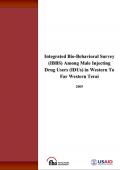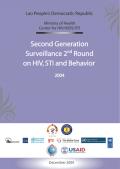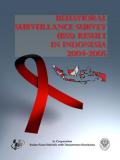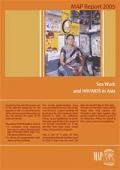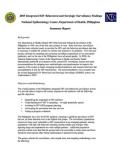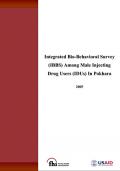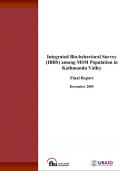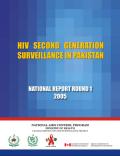Publications on Key Populations
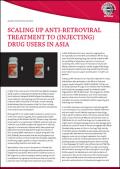
Resource | Publications,
Although anti-retroviral treatment (ART) is not traditionally considered a central concern in the harm reduction agenda, from a global public health perspective, Asian Harm Reduction Network (AHRN) believes that ART remains a very important service within a comprehensive HIV/AIDS treatment and care model.

Integrated Behavioral and Biological Surveillance: A Pilot Study in Karachi and Rawalpindi 2004-2005
Resource | Publications,
National AIDS Control Programme (NACP) along with HIV/AIDS Surveillance Project (HASP) conducted a pilot survey in Karachi and Rawalpindi to test various tools for IBBS.






